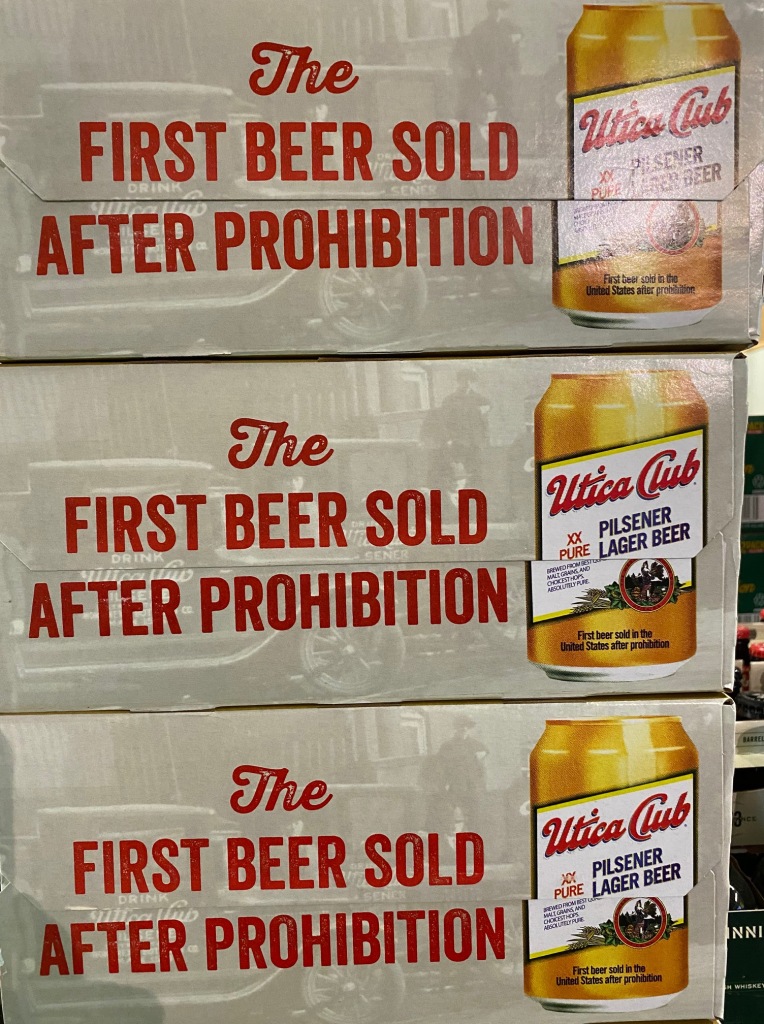April 7 occupies a special place in American beer history. Despite the title of the post, it’s a good place.
On April 7, 1933, after thirteen years of Prohibition, Americans could legally drink beer again. Thus, National Beer Day. But there was a catch.
Prohibition wasn’t over. The 18th Amendment, which gave us national prohibition, would not be repealed until December 5. Although Congress had already voted for the repeal amendment on February 20, that amendment still needed the approval of three-fourths of the states to become law. That approval happened in record time, by December 5, but that’s still eight months later than April 7. So what happened on April 7?
April 7 was the date designated by Congress for legal sales of “non-intoxicating” beer and wine, in a law passed on March 22, as the states began the process of ratifying the repeal amendment. (The first state to do so was Michigan on April 10, so Michiganders get yet another day of celebration.) The law was called the Beer-Wine Revenue Act (or the Cullen-Harrison Act, for its sponsors). It basically said that alcoholic beverages that were 3.2% alcohol (by weight, that is, which equates to 4% by volume, or ABV) were not intoxicating. That mattered because the Prohibition amendment had outlawed the manufacture, distribution, and sale of intoxicating liquors, without specifying a threshold for “intoxicating.” The enforcement act for Prohibition, the Volstead Act, defined intoxicating as anything over 0.5% alcohol by weight. So the Cullen-Harrison Act simply changed the definition of “intoxicating.”
Now, generations of college students could tell you that “3.2 beer” can be plenty intoxicating, as long as you drink enough of it, but that’s beside the point. The point is that Americans were thirsty for beer, as Prohibition didn’t do much to hurt wine and spirits consumption but seems to have had a devastating impact on the beer market. “3.2 beer,” or 4% ABV beer, is some weak tea, as most mainstream beers today are 4.5-5.0% ABV and most craft beers are 6.0% or (often much) higher, but people took what they could get.
So if you want to do National Beer Day right, find yourself a beer that’s 4% ABV or less. And good luck with that — even Mich Ultra is 4.2%. I’m celebrating with a 7 oz. Miller High Life “pony” (4.5%), which is the lowest ABV I could find.
PS For full-strength beer, December 5 — Repeal Day — is your day. By the way, I’m intrigued by the claim of the F.X. Matt brewery in Utica, which makes Utica Club beer, that Utica Club was the first beer served after Prohibition, on December 5. Seems unlikely, as other breweries had been at it for eight months and probably had some full-strength beers ready to go at the stroke of midnight on December 5. But I’d love for someone at the brewery to try to convince me.


